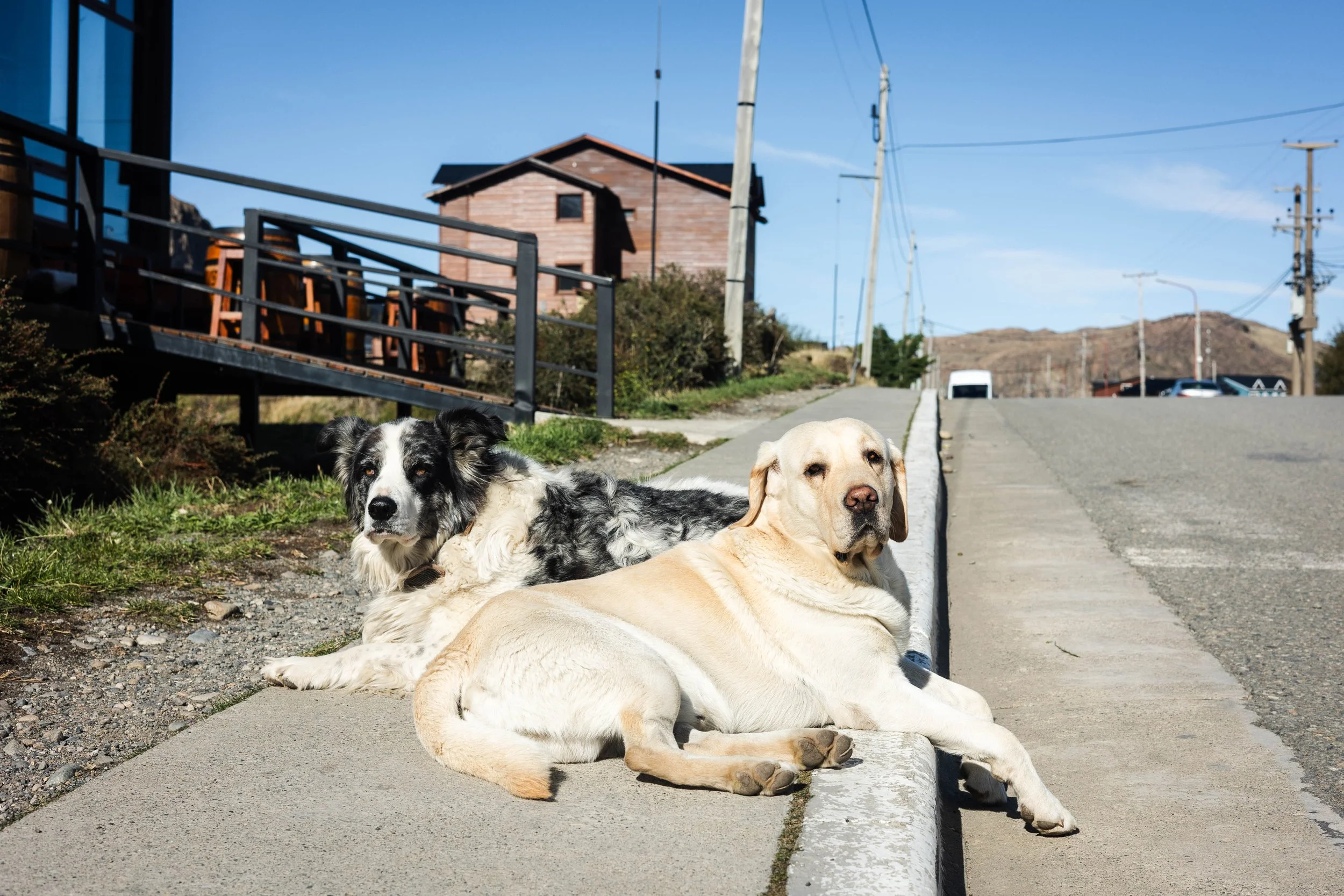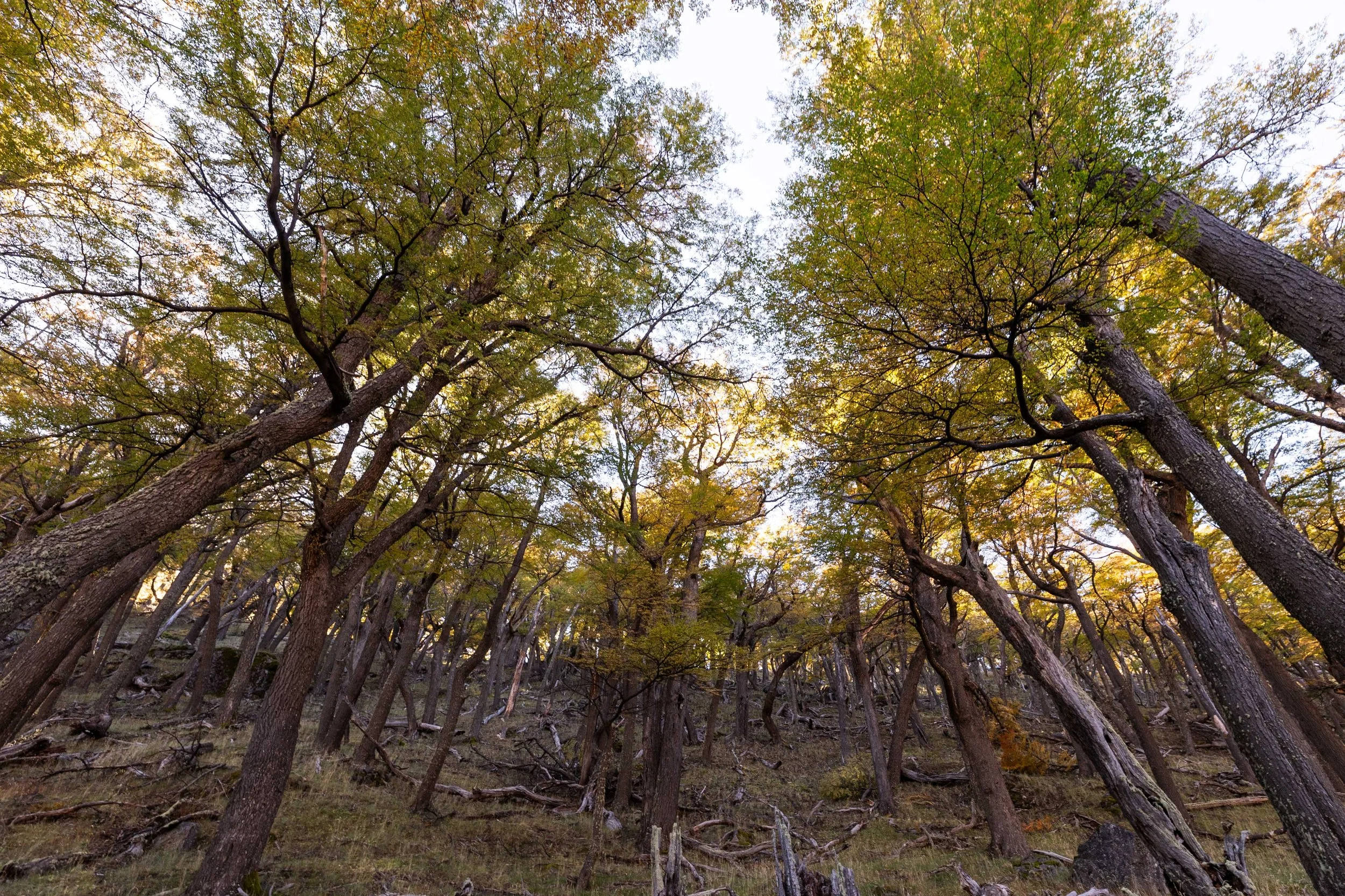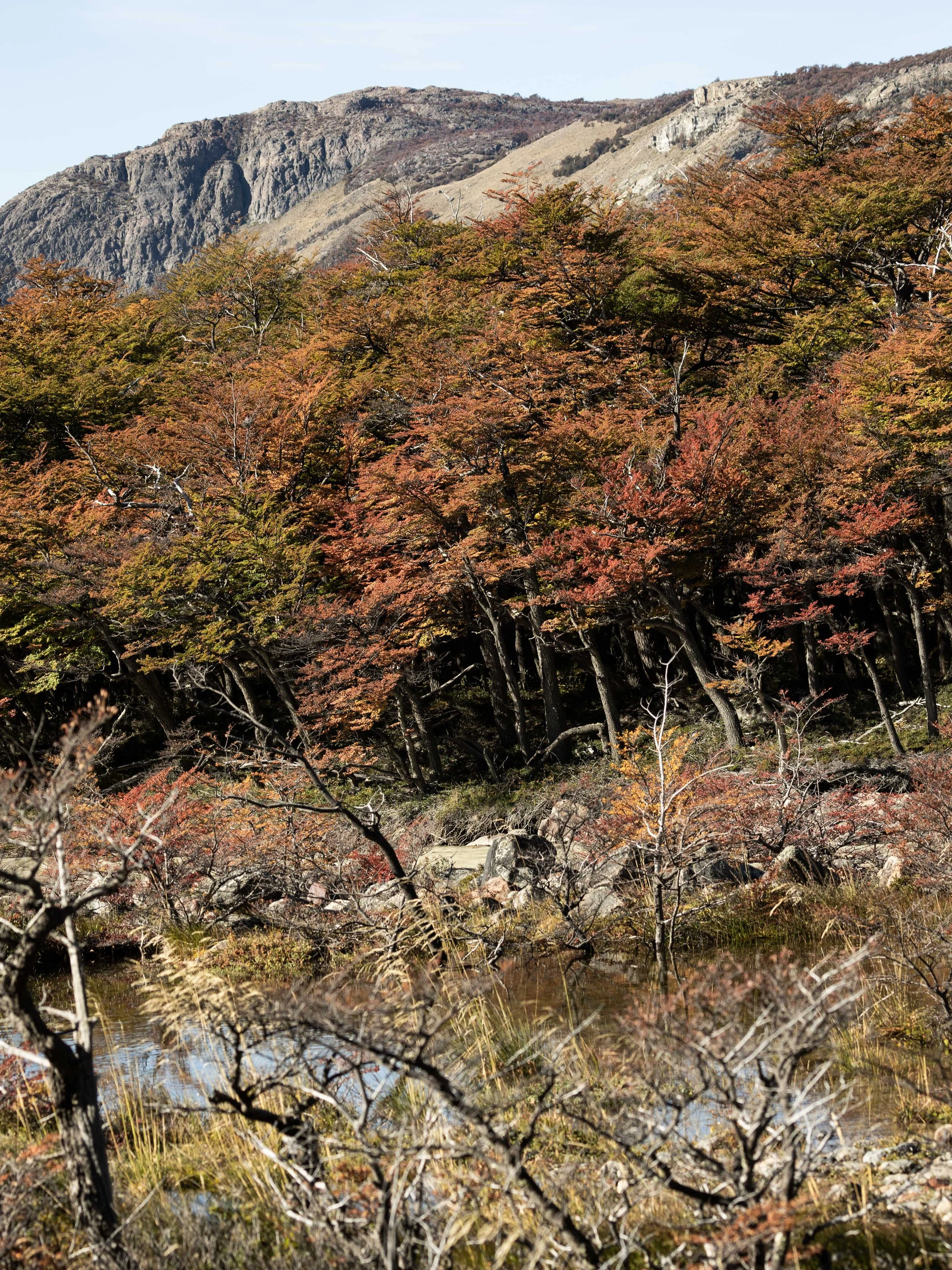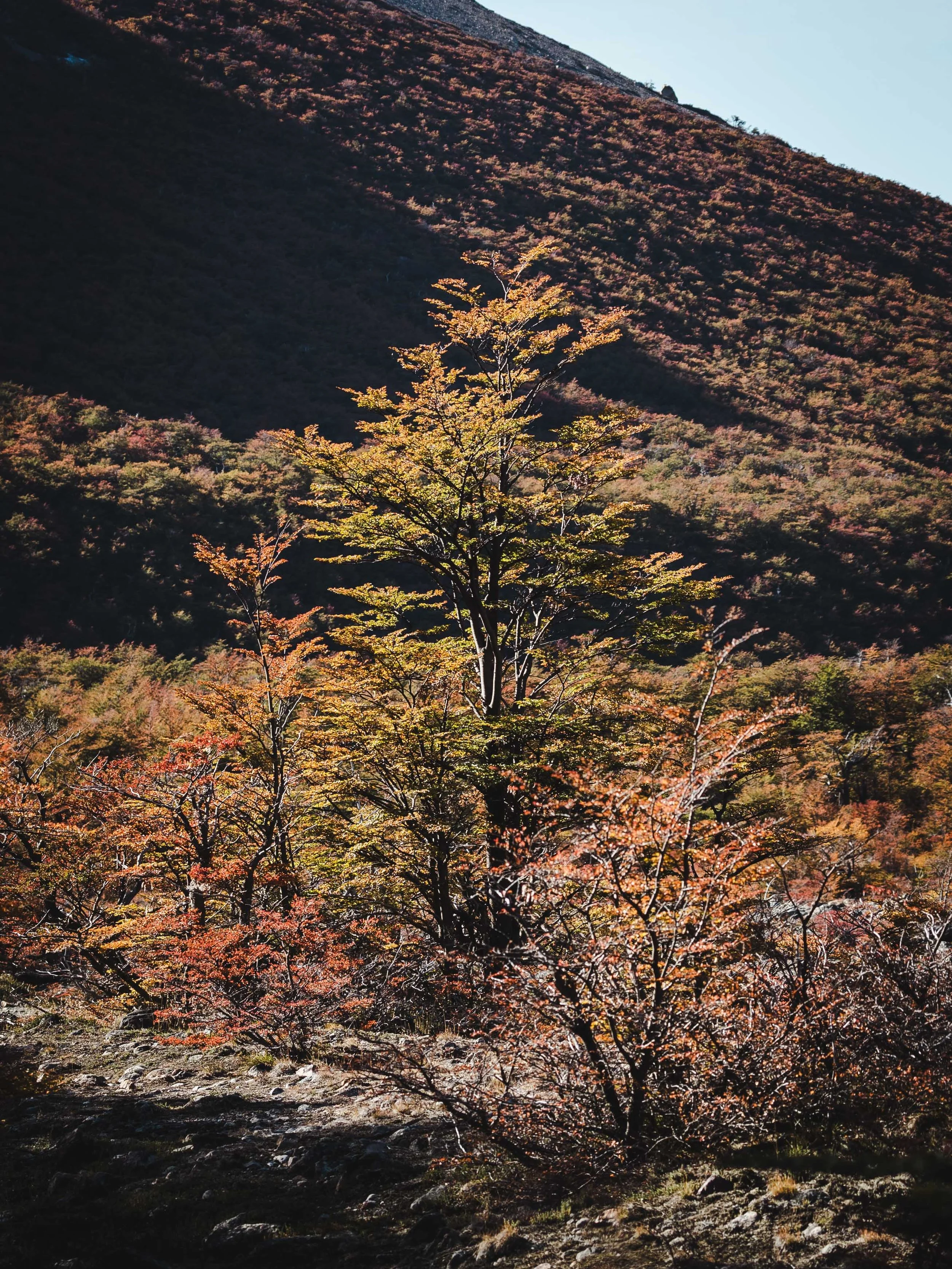I visited Patagonia in October 2017 and have thought about it often. Every day? Almost. The dramatic landscapes and harsh climate easily etch themselves into one’s brain. Having planned a return trip for April 2020, I was unable to go as a global pandemic gripped our lives. Having got all the money back, I knew I could make the trip happen one day. And so, in April 2024, I did just that.
Perito Moreno Glacier; fresh and frozen
A three hour flight south from Buenos Aires will take you to El Calafate, the gateway to Argentinian Patagonia. The main drawcard near this township is the Perito Moreno Glacier, a 1 hour and 20 minutes’ drive away. It is a part of the Southern Patagonian ice field, the world’s third largest body of fresh water and second only to Antarctica in the southern hemisphere. The Parque Nacional Los Glaciares charges 12,000 Argentinian Peso (~$23NZ) to overseas visitors, which is more than a fair price to pay for a special experience. It also helps recover some of the strain on the local area and infrastructure. This is something we should certainly do in Aotearoa. The glacier is 60-70 metres high in its tallest parts. That scale is incredibly difficult to photograph, but I have given it a good go. Glacial ice cracks like thunder, with large slabs dropping into the lake below. A timely reminder of the realities of climate breakdown literally happening before our eyes.
Stretching the legs at Laguna Torre
El Chalten is a snug township just over 2 hours and 30 minutes away from El Calafate by car. Local dogs rule the streets. As well as a place to admire hounds, you can enjoy some of the finest offerings in Argentina; world class hiking. The hiking trails kick off in various, well sign-posted locations across the township. After four days of taking it very easy with something like a Covid-19 illness (but not actually Covid), I was able to hike. Armed with a walking pole for the first time, I gently strolled towards the Laguna Torre, 9km from the trailhead. A short uphill section brought me to the first mirador (lookout or viewpoint). The Cerro Torre granite peak stood proudly in the cloudless sky. The valley was a smattering of orange and red leaves. I guess you could say autumn had well and truly arrived. From a photographer’s viewpoint, it was easy to capture the fundamentals of the walk; the towering granite structures, and the autumnal hues. Aside from that, it was quite difficult to photograph in terms of variety and an obvious lack of wildlife. Adding in the town sections, it was a 21km walk all up which took about six hours. The hiking pole is now a must, and my knees and hips were grateful for it.
Laguna de los Tres and the impressive Fitz Roy
With a day’s rest, the Laguna de los Tres hike beckoned. It is considered to be more of a challenge than the Torre hike, with a gnarly section of climbing to finish off the last hour of the trail. The main attraction here is Monte Fitz Roy and the Fitz Roy massif, which you may recognise as the Patagonia outdoor retail logo. It is named after Robert FitzRoy, the captain of the HMS Beagle. This ship is notable for helping naturalist Charles Darwin on his voyage around the world in the 19th century, where he developed his ideas around evolution and natural selection.
This hike can be done as an out-and-back, or you can get a shuttle to start in the eastern side of the valley. This takes a few steps off the 23km journey, and lets you see things that the out-and-back doesn’t provide. Naturally, I selected the shorter and more diverse route. Vast views and environmental settings offered plenty for me and my camera to take in. The last 30 minutes of the uphill section was not technically challenging, but did require some grunt work in places.
Monte Fitz Roy, as seen from El Chalten township
If the vistas weren’t enough to marvel in, a Patagonian fox made an appearance amongst the dramatic scenery. It would slalom between hikers and the rocky landscape, sniffing out any morsels of dropped food. Yet, it was skittish if anyone got too close or made sudden movements.
A pesky blister and the associated bandaging stopped me going from a glacial lake swim, so after a lengthy lunch break, back down the path I went. After the colourful forest, pastures anew greeted me and my slowly aching body. Thankfully, that pole continued to take a load off. I made it back to the hostel nine hours after I left, sore but smiling.
Before starting the trip back to el capital and a flight home, I cruised up Mirador de los Cóndores to try and spot (you guessed it) any condors flying about. One of the word’s largest birds, I had seen a few before but was never in the right place to click away. Today I was in luck, as two Andean condors soared and danced on the good airs of Patagonia, surrounded by glaciers and extreme mountainscapes.
As solo travel often permits, and this was no exception, this trip gave me a lot of time to think. Climate, travel impacts, and staying present in a society that demands our eyeballs in many directions were all high on that list. As I was half way to EZE Buenos Aires airport, I thought some more. And realised my eyeballs didn’t go where they had needed, and I had left my hiking pole in the hostel lockup. I guess I’ll have to wait another seven years to go back and get it. Or send it to my Argentinian flatmate’s family to look after until he visits at the end of the year. Yes, that will do.




















































































